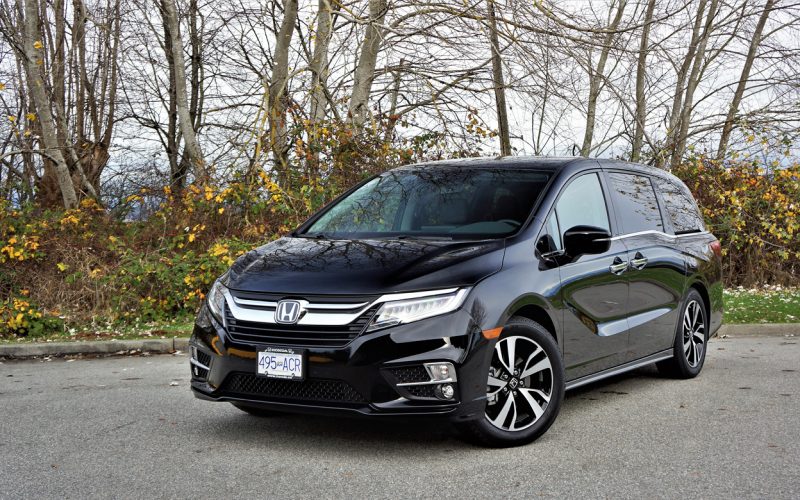
Reading Time: 15 minutesThe minivan is a strange beast. After the segment’s first foray into the market during the
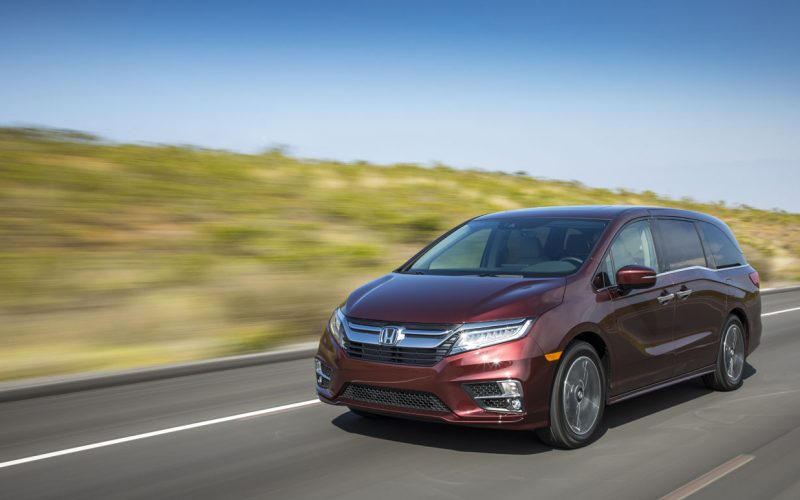
Reading Time: 4 minutesA key selling point amongst family buyers is safety, and there’s no safer minivan than the
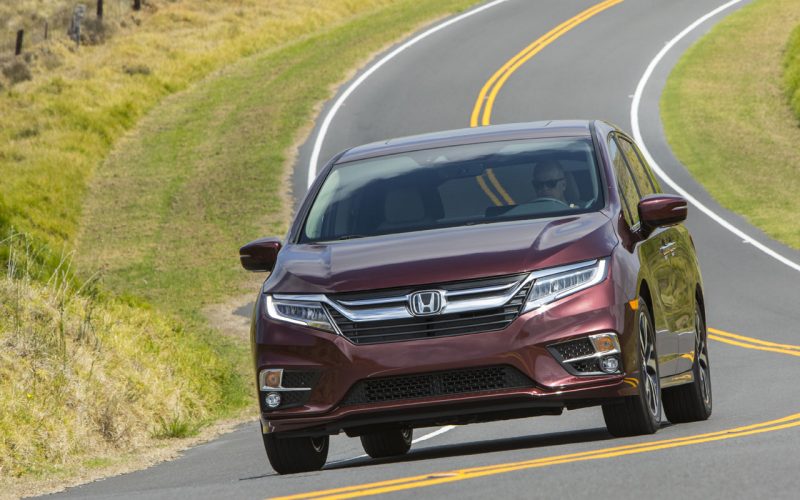
Reading Time: 4 minutesJust in case you missed the July issue of Parents Magazine and a concurrent posting in
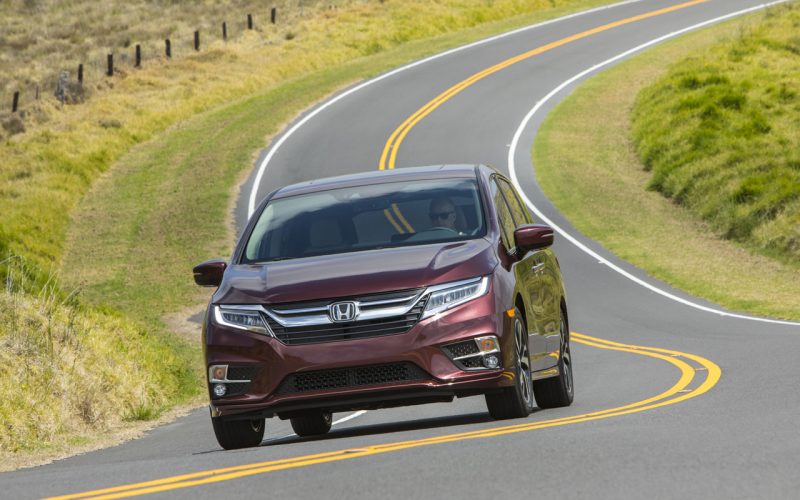
Reading Time: 3 minutesIn case you missed it, the 2018 Fit, 2018 Accord, and 2018 Odyssey received Residual Value
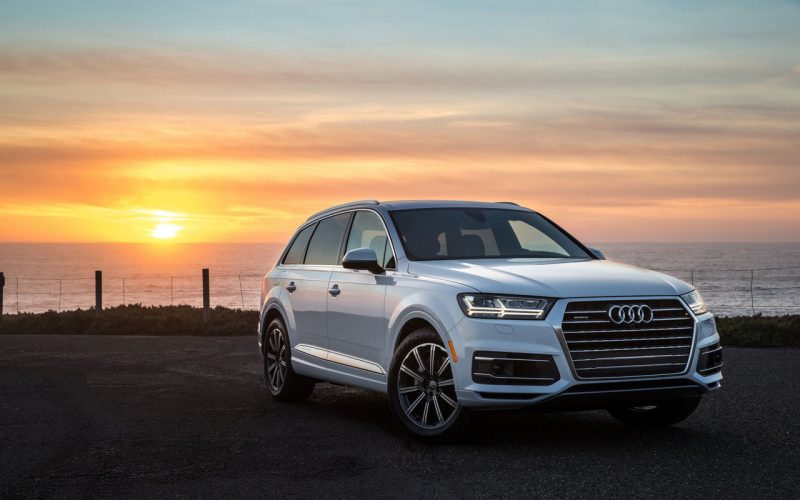
Reading Time: 4 minutesAudi and Subaru have been named best Mainstream Brand and best Premium Brand respectively in ALG’s
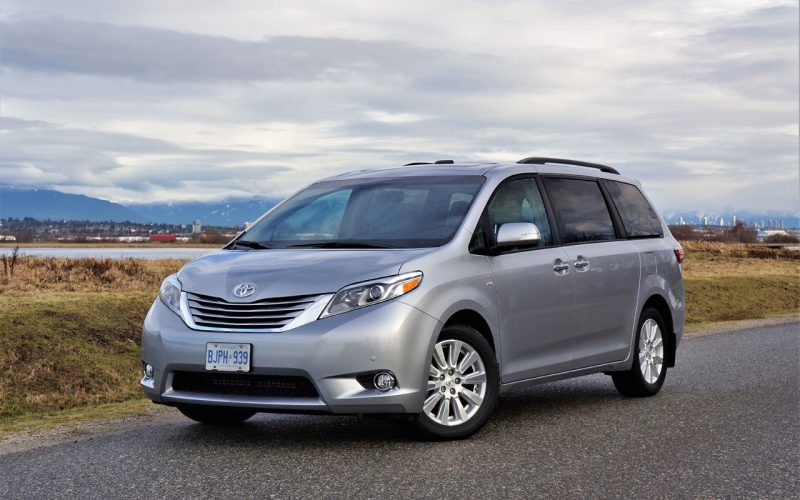
Reading Time: 6 minutesI remember when this third-generation 2011 Sienna was brand new, and in sporty SE trim it
© 2025 The Car Magazine. All Rights Reserved, Privacy Policy | Terms of Use